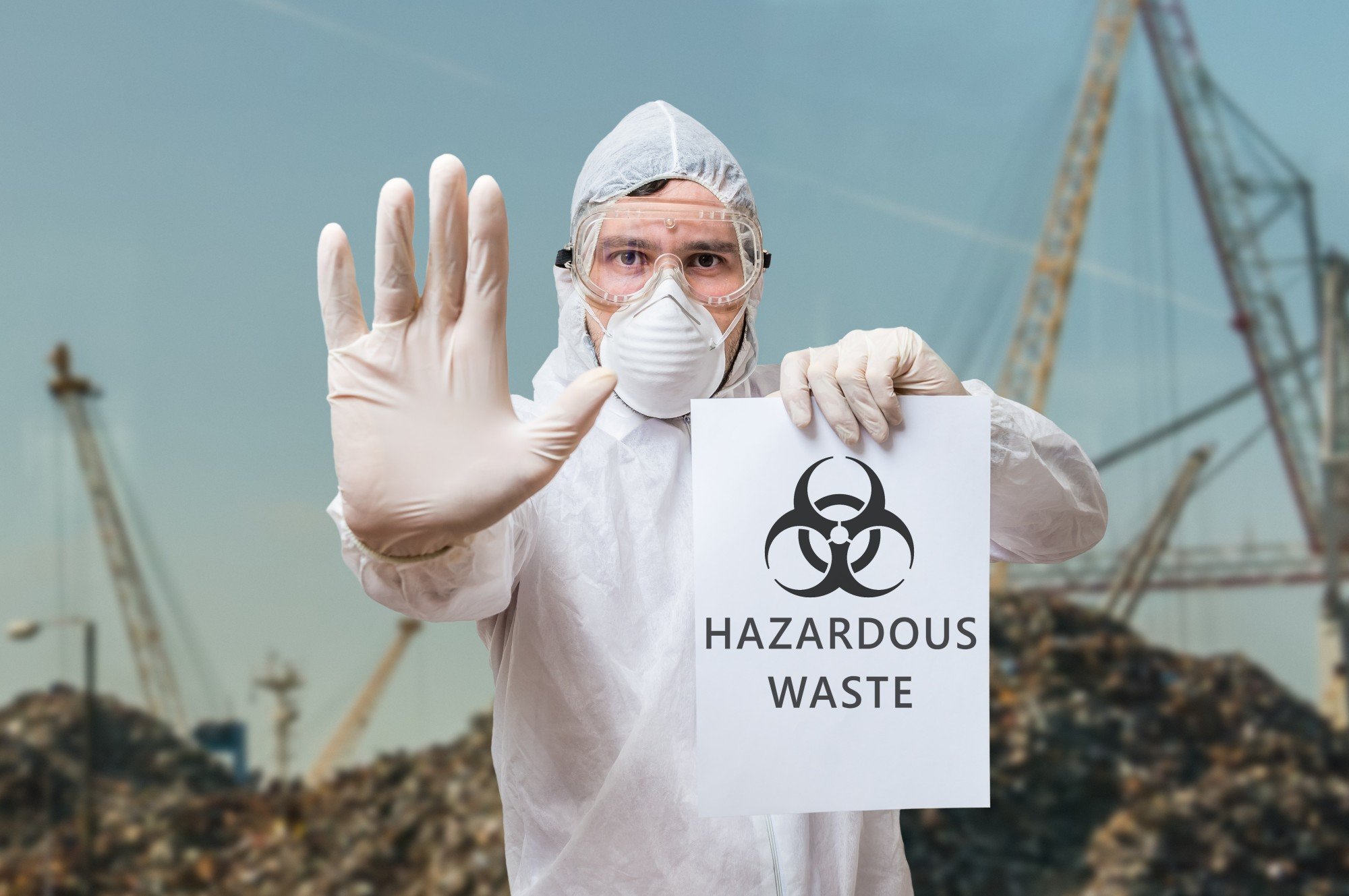A Brief Guide to Limiting Chemical Hazards and Exposure in the Workplace
Article sponsored by Kastnerlabs and design
Keeping your workplace safe from chemical hazards is the most basic way to keep your business afloat, and avoid hefty $7,000 per day OSHA fines.
Fortunately, there are a lot of options when it comes to minimizing workplace safety hazards that will save you money in the long run. Not to mention the benefits of being renowned for workplace safety.
Once you implement safety measures in your workplace the first and most obvious benefit will be the reduced number of accidents happening in your workplace.
Make sure you read these tips carefully so you reduce the number of hazards you and your employees face.
Minimize Usage of Hazardous Chemicals
The best way to deal with any problem is to make sure it never happens in the first place. This is the most important aspect of the chemical exposure hierarchy for good reason.
You can eliminate toxic exposure to chemicals by substituting them with non-toxic alternatives.
This may slow down production somewhat, but it’s worth it to make sure your employees aren’t exposed to a toxic hazard.
Toxic exposure that manifests in employees quickly is a short-term nuisance that isn’t likely to cause you too much grief.
If something like a chemical burn happens on site, you’ll most likely only have to deal with worker’s comp, and that’ll be the end of it.
If you work with a substance that ends up causing cancer or lung damage after years of exposure, you might have to deal with a class action lawsuit further down the line.
It’s best to avoid both those scenarios and hire a toxic exposure lawyer just in case.
If you’re ever sued, a toxic exposure lawyer can prove in court that the exposure was not your fault, or was the result of an employee’s failure to comply with safety standards.
Implement Safety Precautions
The next rung on the chemical exposure hierarchy is making sure that there are structural precautions in place.
For example, if you must work with chemicals that cause toxic fumes, you need to have a ventilation system in place that takes the fumes away from your employees.
Another example would be chemical storage OSHA would approve of. Like making sure not to store hazardous materials on the ground, or storing radioactive waste in lead containers.
Keeping chemicals away from areas with a lot of heavy traffic is also advised, as is avoiding stacking chemicals at all. If there’s any chance that they can fall on someone, they’re too high up.
Being this cautious may seem tedious, but you always have to eliminate all risks to your bottom line, and that means eliminating unnecessary risks to your employees.
Even one toxic exposure lawsuit that doesn’t go your way can cost you financially and publicly depending on how bad it goes. If people find out that you have lax safety standards, they’re not likely to want to work with you.
Use Safety Equipment to Guard Against Chemical Hazards
This is the most obvious and well-known part of the exposure hierarchy. Giving employees who will be working with hazardous materials things like gloves, safety goggles, and steel-toed boots is the simplest way to prevent injury.
Investing in disposable face masks or gas masks can go a long way in preventing exposure to toxic fumes.
Even with ventilation systems in place, you still have to do everything you can to make sure their contact with breathing hazards is as low as possible.
Even if your employees work in a factory doing mundane tasks, they’ll have to have gloves or such. This is to prevent repetitive strain injury.
If you have employees who regularly lift heavy objects, you’ll also want to make sure they wear safety harnesses that meliorate damage done to the lower back and back pain.
Over the course of several years, your employees will lift many objects, and they need to be able to keep doing so. If their back pain becomes so severe that they can’t work, it’s a big problem.
For one, you’ll have to spend time, effort, and money finding a new employee. And even worse, they might sue you.
If employees have to work in dangerous environments, they have to be prepared so they can keep working without any problems.
Establish Procedures to Minimize Risks
The final part of the exposure hierarchy is devising the best work practice controls is relatively easy. It allows you to take direct control of how your employees operate.
Work practice controls are essentially rules like making sure to use two gloves when handling organic mercury or banning mouth pipetting of any kind.
You can also make first aid knowledge standard for some employees. Preventing injuries from happening is the first priority, but you need to prepare if an accident does happen.
With that in mind, preventing injuries from getting worse can save your employees from hurting themselves, and get them to recover even quicker.
Safety Is Everyone’s Responsibility
Maintaining a safe work environment is the cornerstone for any business operating with hazardous materials. If you don’t, you’ll be beset with lawsuits, OSHA fines, worker’s comp, and possibly lawsuits from employees.
However, once you minimize exposure and provide protection from chemical hazards, it falls on everyone else to also follow safety guidelines.
If you make sure everyone is aware of the safety guidelines and is following them, there’s nothing else you need to do. Sometimes accidents will happen, but you can make sure they’re nobody’s fault.
For more information on how you can improve your business, check out our business resources.

